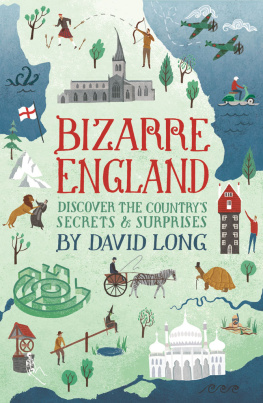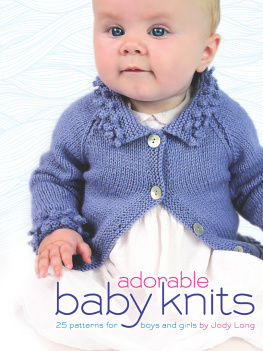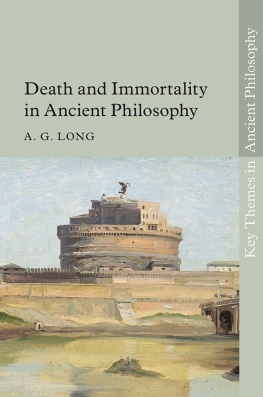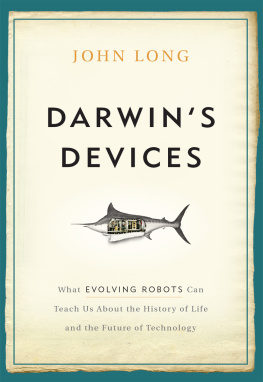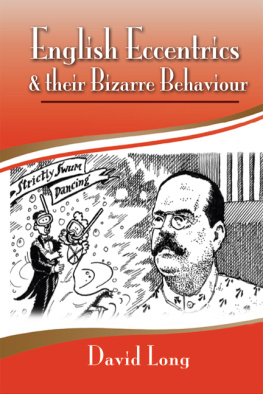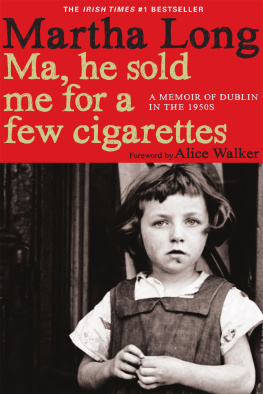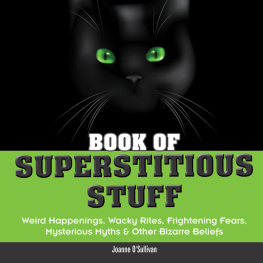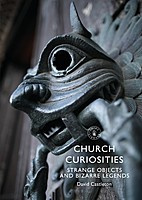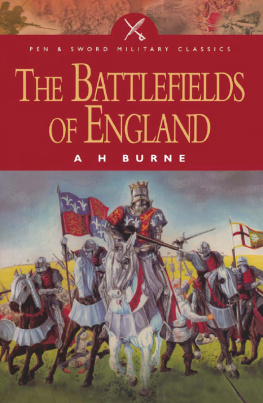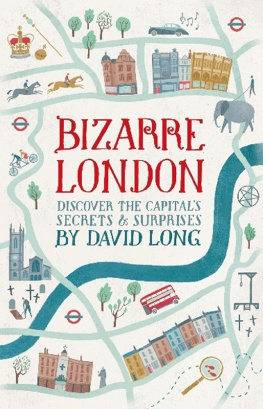First published in Great Britain in 2015 by
Michael OMara Books Limited
9 Lion Yard
Tremadoc Road
London SW4 7NQ
Copyright David Long 2015
All rights reserved. You may not copy, store, distribute, transmit, reproduce or otherwise make available this publication (or any part of it) in any form, or by any means (electronic, digital, optical, mechanical, photocopying, recording or otherwise), without the prior written permission of the publisher. Any person who does any unauthorized act in relation to this publication may be liable to criminal prosecution and civil claims for damages.
A CIP catalogue record for this book is available from the British Library.
ISBN: 978-1-78243-376-7 in hardback print format
ISBN: 978-1-78243-377-4 in e-book format
Jacket illustration and design by Sara Mulvanny
Designed and typeset by K DESIGN, Winscombe, Somerset
www.mombooks.com
The words English and eccentric go as well together as Great and Britain, but in exploring the stranger aspects of English life one finds a lot more besides mad inventors and the usual countryside crackpots.
Who knew, for example, that Her Majesty the Queen uses her handbag to send coded messages to members of staff, or that she was once barred from an event at Windsor by a castle guard who mistook her for some old dear who had lost her way?
Similarly none but the English would construct a set of gigantic concrete ears on the south coast in the hope they could hear enemy aircraft taking off from France, or commission a special piece of music a thousand years long to be broadcast from the countrys only inland lighthouse.
Everywhere one looks England throws up something comical, comically gruesome or just plain bizarre. Books bound in human skin, pubs where alcohol is never served, museums devoted to saltwater, cinema organs and sewing machines, and the famous Ugley Womens Institute all life is here, it seems, and thats the way we like it.
From Boggy Bottom to Wetwang, from Crapstone to Splatt, theres barely a village or town in the country that doesnt have something which gets visitors scratching their heads and thats very much the subject of this book. In it youll find the questions that even most locals cant begin to answer. Stuff like: if the Royal Navys HMS Leigh was more than a mile long, how come no ones ever heard of it? Why were inflatable lifejackets carried on Victorian trams? How long would it take an African elephant to walk from Scotland to Manchester, and why would it bother? And can it really be true that one of Jane Austens eighteenth-century heroines said she preferred baseball to books?
I dont care what kind it is, just get me a beer.
HRH The Duke of Edinburgh,
on being offered a glass of Italian wine

MORE Q.E. THAN Q.I.
In 1947, before Princess Elizabeth married, she was sent clothing coupons by hundreds of her fathers loyal subjects. These were intended by the donors to be used to buy material for her dress, but sadly they had to be returned. Regulations concerning wartime rationing meant they were not transferable and that it was against the law to give them away.
In happier, more plentiful times at her 1953 Coronation, Queen Elizabeth IIs robes used so much fabric and were so heavy that the Archbishop of Canterbury was asked to give Her Majesty a gentle shove to launch her along the nave of Westminster Abbey.
In 1991, the Queen was denied access to a private enclosure at the Royal Windsor Horse Show by security personnel. One of the guards apparently mistook her for some old dear who got lost.
Her Majestys Christmas message is presumed to be an annual fixture but is clearly optional, as in 1969 she gave it a miss. Apparently she believed the public had seen enough of her in a television documentary, Royal Family, broadcast earlier that year.
As well as a silver teapot, hot milk and water, Her Majestys 7.30 a.m. wake-up tray includes a plate of biscuits for her beloved dogs. Since getting the first of these, Susan, in 1944, she has to date owned some thirty corgis. (Several are in fact dorgis, following an incident involving a dachshund owned by Princess Margaret.)
The Queen has long banked with Coutts & Co. The company installed a cash machine in Buckingham Palace, although it has never been suggested that this was for the sovereigns personal use.
Whilst Her Majestys private diaries have not been published and are unlikely to be so, the entry for VE Day (8 May 1945) is known. It read: Trafalgar Square, Piccadilly, Pall Mall, walked simply miles. Saw parents on balcony at 12.30am ate, partied, bed 3am!
The Queen doesnt require a number plate, but has one anyway JGY 280, as far as we know a combination of no special significance which George VI gave her on her eighteenth birthday. As an Auxiliary Territorial Services-trained wartime mechanic it is nice to think she might be quite handy with a spanner should any of her cars conk out.
THE LANGUAGE OF LUGGAGE
At official functions the Queen uses her handbag as a kind of semaphore. If she puts the handbag on a table, it alerts staff to the fact that she wishes to leave in five minutes time. Transferring it from one arm to another during a conversation means she has had enough of talking with the same person.
The bag famously contains no money, although in reality the Queen does keep a crisply folded five- or ten-pound note for church collections. She also carries various good luck charms from her children. These include several miniature models of corgis and a photograph of the Duke of York on his return from the Falklands War.
Her Majesty even has her cars modified to accommodate the famous accessory. When a Daimler in which she had travelled between Buckingham Palace and Windsor Castle came up for auction, it was found to be fitted with an armrest designed to hold the handbag, and a hotline to Downing Street (this was disabled before the sale).

PUTTING A CAT AMONG THE PRINCES
A royal birth can make or break a nation, and historically new arrivals have not always been greeted by unalloyed joy.
Prince Edward (147083)
At the time of his birth, Edwards father had been deposed, and his wife, the commoner Elizabeth Woodville, was forced into hiding. Baptized like a poor mans child and initially denied the title of Prince of Wales, on his fathers death he was declared illegitimate and locked in the Tower of London. Murdered some time afterwards, as one of the two Princes in the Tower, the mystery of his death continues to fox even the most determined historians.
Prince Arthur (14861502)
As the son of Henry VII and the grandson of Edward IV, Arthurs arrival cemented the union of the squabbling houses of Tudor and York. His betrothal to Catherine of Aragon also offered the promise of an important political alliance with Spain, but then his early death meant we got his brother Henry instead: six wives, the destruction of the monasteries, and all the constitutional and religious upheaval anyone could want.
Prince Edward (153753)
Blessed with two daughters but desperate for a son, Henry VIII ordered a 2,000-gun salute at the news that his third wife had been delivered of a boy but then lost his queen as the result of prolonged labour and an exceptionally difficult birth. The child fared only slightly better, succeeding to the throne as a nine-year-old but dying six years later.

